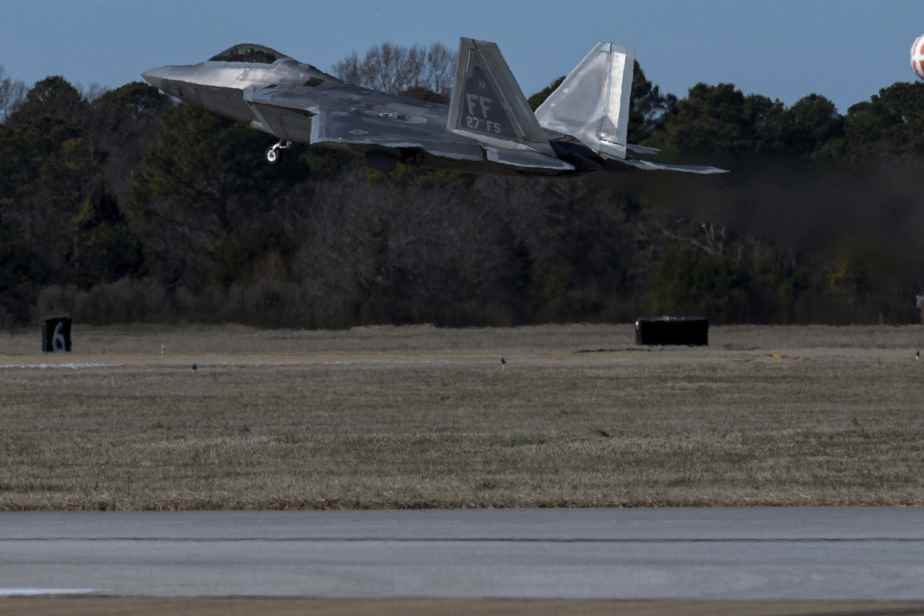(OTTAWA) Senior Canadian NORAD officers revealed Friday that the alleged “Chinese spy balloon” passed near several military bases and through “radar blind spots” during its flight over Canada.
But until the remains of the balloon are analyzed, Canadian and American officials won’t know exactly what it was capable of — and what information it might have gathered.
On the other hand, Major-General Paul Prévost, director of the strategic joint staff of the Canadian Armed Forces, said Friday that the suspect balloon had not flown over particularly sensitive sites in Canada.
“He went down roughly from Alaska to the Yukon and into central British Columbia, roughly between the Alberta border and the (Pacific) coast,” Major-General Prévost said. before the House of Commons Defense Committee. There was no significant Canadian Forces infrastructure in its path. »
Mr. Prévost testified Friday morning accompanied by Lieutenant-General Alain Pelletier, Deputy Commander, Canadian, of the North American Aerospace Defense Command (NORAD).
Parliamentarians were able for the first time to question senior military officers about the Chinese balloon and three other unidentified flying objects that were shot down over North America late last week.
One such craft, which was shot down over central Yukon last Saturday, was described by Mr. Pelletier as a “suspected balloon”. Another flying object was shot down the next day over Lake Huron, between Michigan and Ontario.
Searches were immediately launched to find the wreckage of these two objects as well as a third, shot down off the coast of Alaska on Friday, February 10. The Royal Canadian Mounted Police, the Canadian Army and the Canadian Coast Guard were all called upon to participate in the operations. The search in Lake Huron was suspended Thursday.
Lt. Gen. Pelletier confirmed on Friday that the Chinese balloon, which was first detected in Alaskan airspace on Jan. 28, crossed Canada on Jan. 30 and 31 before entering overhead. of the United States, where its presence has been publicly revealed.
“NORAD monitored the flight path of the balloon for most of its trajectory over Canada,” he said.
Mr. Pelletier added that there had been a few beaches “without radar coverage on part of his flight path […] The high-altitude surveillance balloon approached some Canadian bases, but I cannot comment on how those Canadian bases reacted. »
Canada has several military bases in Alberta and British Columbia, including one of its main fighter wings in Cold Lake, Alberta. But Major-General Prévost played down any threat to national security: “There was no significant Canadian Forces infrastructure in its path.”
Find the wrecks
Lieutenant-General Pelletier also said Friday that the Canadian and American military would like to know more about the capabilities of the balloon, including not only its ability to gather information, but also if it could be used for other purposes. .
The two senior Canadian military officers were also questioned Friday morning about the three other downed objects after the Chinese balloon, and the ability of Canada’s aging CF-18s to shoot them down.
US President Joe Biden suggested on Thursday that the three objects shot down over Alaska, the Yukon and Lake Huron did not pose a threat to national security.
MM. Pelletier and Prévost did not provide much more detail: rather, they emphasized the importance of finding the wreckage of these objects to determine what they really were. On the other hand, they suggested that these searches might well turn up nothing.
In announcing Thursday that it was suspending its search in Lake Huron, the RCMP blamed deteriorating weather conditions and a low likelihood of success. As for the Yukon, Major-General Prévost described the search as an attempt to find “a needle in a snowdrift.”
The object “landed in mountainous terrain, with about a meter to a meter and a half of snow, he said. Imagine an object falling 20,000 feet into this snow. »
But whatever they are, “what we know of these objects is that they were not authorized, that they were undesirable,” said Mr. Prévost.
The Major-General also explained to committee members that if it was an American F-22 fighter jet that destroyed the suspect object over the Yukon, instead of a Canadian CF-18, it was essentially a matter of time. He explained that two Canadian fighter jets heading towards this area were about five minutes from where the American fighter fired. He said the American F-22 was in the right place when the first opportunity arose, “just as the object crossed the border”.
Some observers have questioned whether Canada’s old CF-18s could really have shot down a small, slow-moving high-altitude balloon, especially since their sensors and combat weapons are outdated and have yet to be upgraded.
Mr. Prévost agreed Friday that the CF-18s carried an older version of the type of missile that the F-22 used to destroy the balloon over the Yukon, and that tests would have been carried out before a Canadian fire. The major-general believes that the CF-18 “could have attempted” the shot: “it would have been the first attempt by an F-18. And before shooting, we could have done a few tests.
